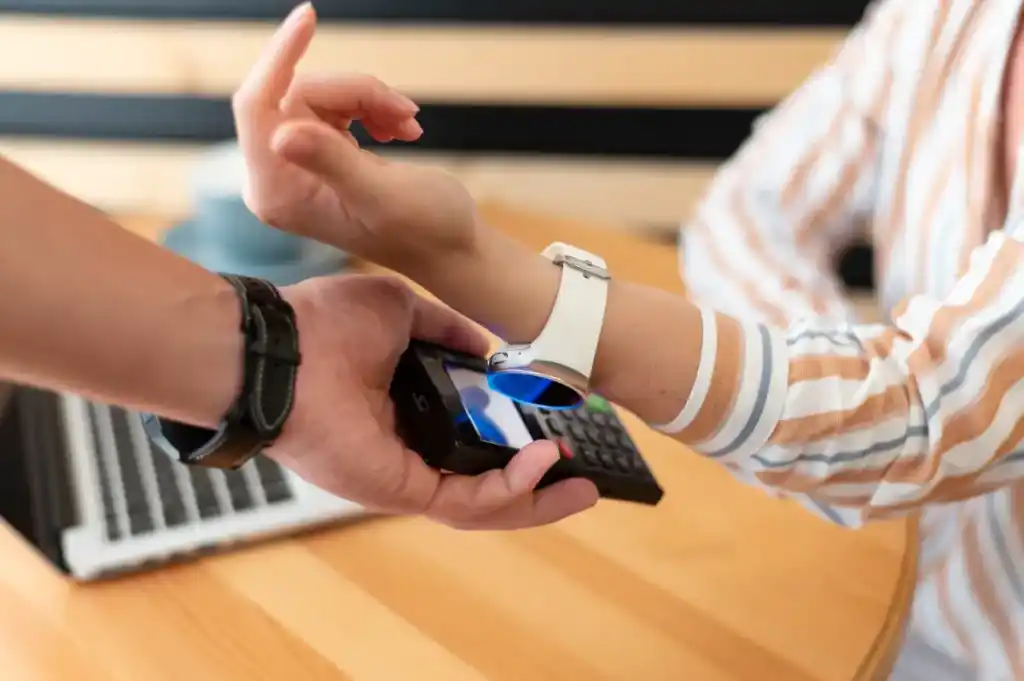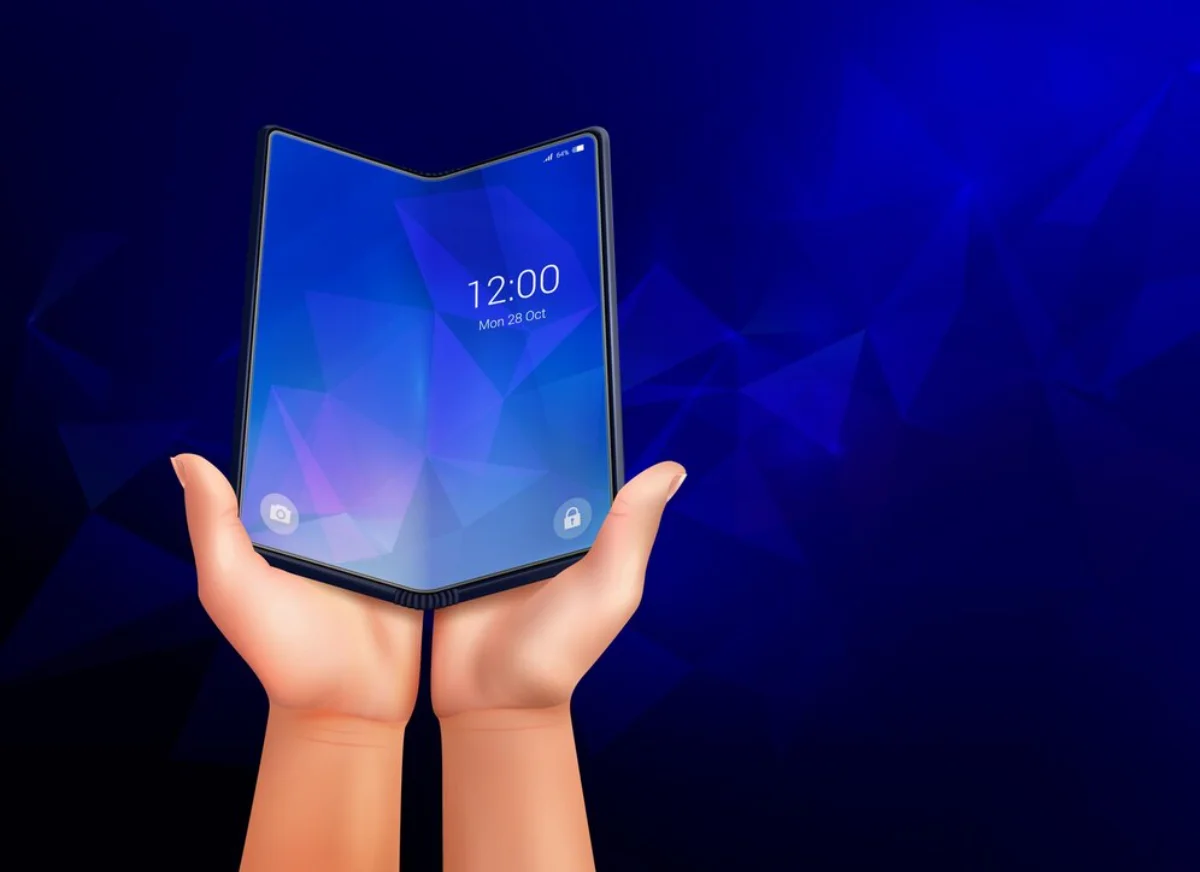
The Evolution of Foldable Smartphones: Worth the Hype?
The smartphone industry is constantly evolving, with manufacturers pushing the boundaries of innovation. Foldable smartphones are one of the most exciting recent developments. These devices will change how we use our phones. They combine small sizes with large screens. But are they truly the future of mobile technology or just a passing trend?
Top brands like Samsung, Huawei, and Google are pouring money into foldable tech. This makes the future of smartphones look more flexible—both in design and function. In this guide, we look at how foldable smartphones have changed. We compare the top foldable phones on the market. Finally, we discuss if these devices meet the hype.
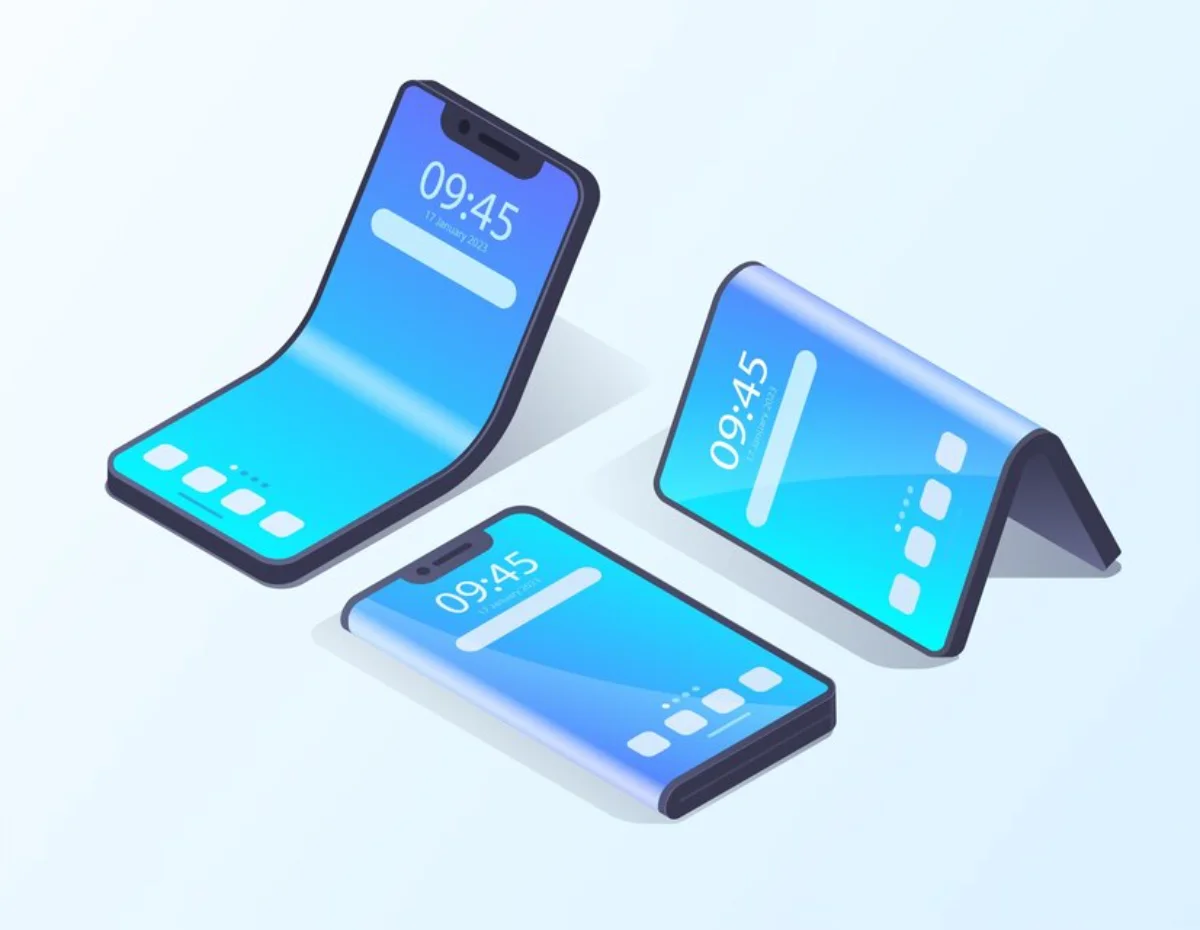
A Brief History of Foldable Smartphones
The Early Concepts and Prototypes
Foldable smartphones have been a concept for decades. However, early efforts were mostly just ideas. Flexible displays started in research labs. Companies showed prototypes that suggested future possibilities.
The First Commercial Foldable Phones
- 2019: Samsung Galaxy Fold – The first mainstream foldable phone had an innovative design but faced durability issues, leading to recalls and design refinements.
- 2019: Huawei Mate X – Huawei introduced a different approach with an outward-folding display, offering a seamless tablet-like experience.
- 2020: Motorola Razr (2020) – A nostalgic return of the flip phone, integrating a foldable OLED screen inside the classic clamshell design.
Since then, foldable tech has improved a lot. Now, we have stronger hinges, better displays, and smarter software.
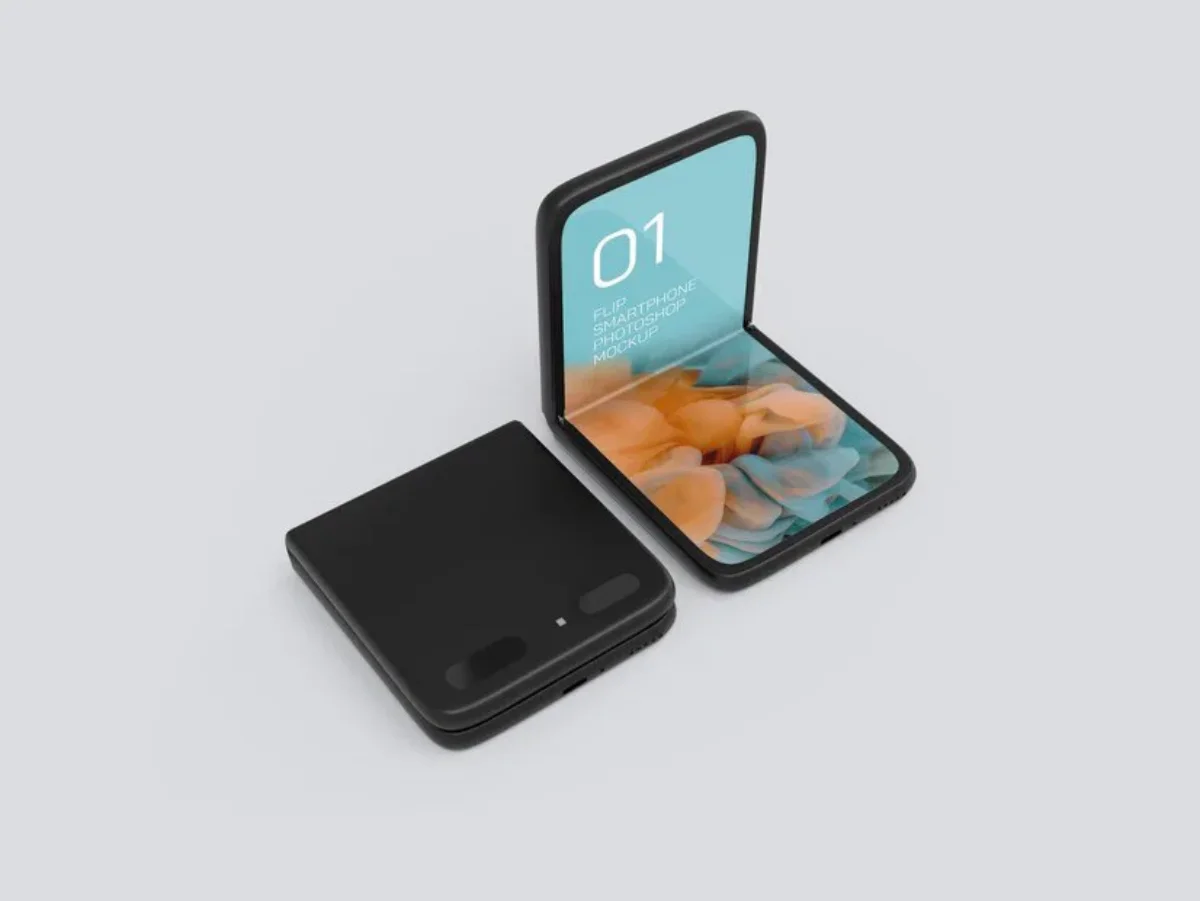
Advantages of Foldable Smartphones
Foldable phones offer several advantages over traditional smartphones:
1. Larger Screen in a Compact Design
Foldable devices combine the ease of a small phone with the power of a tablet. Folded, they fit easily in a pocket. Opened, they provide a large display perfect for multitasking, gaming, and watching media.
2. Enhanced Multitasking
Many best foldable phones support multiple apps running simultaneously on a split-screen, making them perfect for productivity. Users can watch videos, browse the web, and chat simultaneously without switching apps.
3. Innovative Camera Capabilities
Foldable phones allow for unique camera placements and angles. Some models let you take selfies with the main camera. Others offer flexible setups for creative shots and hands-free recording.
4. Future-Proof Technology
As foldable technology grows, manufacturers are focusing on stronger durability, better battery life, and enhanced software. This makes these devices more attractive for long-term users.
Challenges and Drawbacks of Foldable Smartphones
Despite their advantages, foldable smartphones still face some challenges:
1. Durability Concerns
- Foldable displays use ultra-thin glass. This glass is tougher than older plastic models, but it can still get scratched and damaged by pressure.
- Hinges can wear out over time, leading to creasing on the screen.
2. High Price Tags
- Foldable phones are still a lot pricier than regular flagship smartphones. This is mainly because their designs and materials are more complex.
- Repair costs for foldable displays and hinges are often higher.
3. Battery Life Limitations
- Larger displays use more power. Plus, foldable hinges add complexity. So, manufacturers struggle to optimise battery life.
- Some models struggle to offer all-day usage compared to regular flagship devices.
4. Software Optimisation
- Not all apps use foldable screens well. This causes differences in user experience.
- Developers are gradually adapting, but widespread compatibility is still in progress.
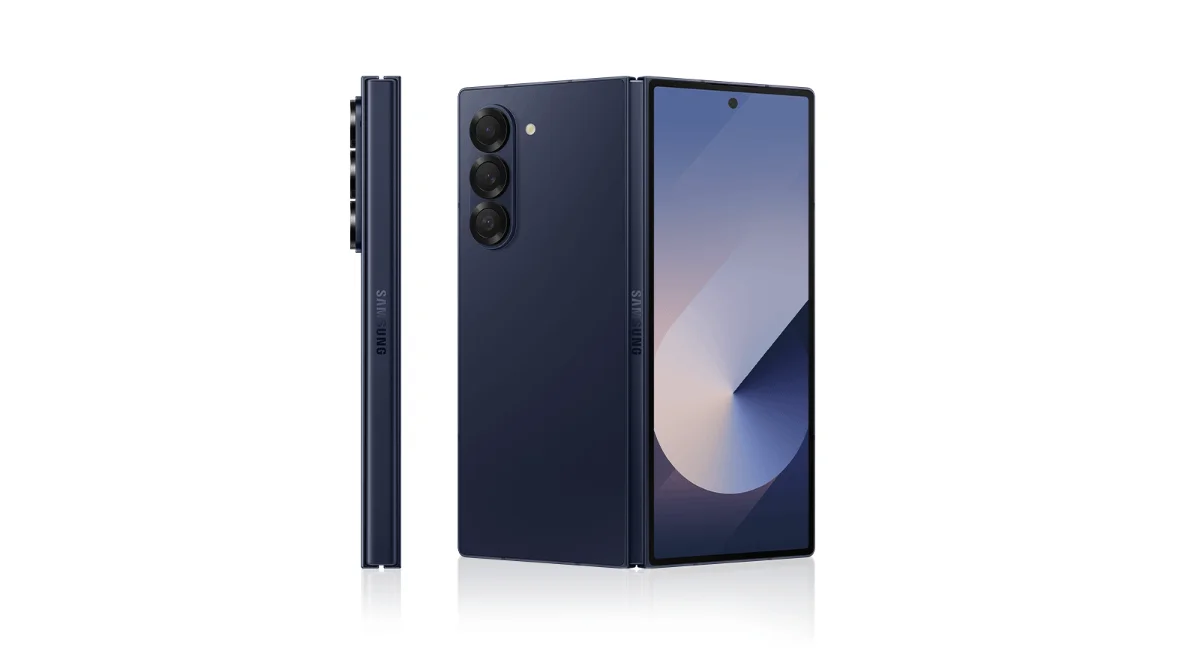
Best Foldable Phones of 2025
With continuous advancements in technology, the best foldable phones of 2025 offer a mix of premium design, functionality, and durability. Here are some of the top contenders:
1. Samsung Galaxy Z Fold 6 – Best Overall Foldable
Key Features:
- 7.6-inch AMOLED 3X foldable display with 120Hz refresh rate
- Snapdragon 8 Gen 3 processor with AI-driven multitasking
- S-Pen support for professional users
- Improved hinge durability with IPX8 water resistance
- 120W wired and 50W wireless charging
Why It Stands Out: Samsung has refined its foldable lineup, making the Galaxy Z Fold 6 the most polished and practical option for power users.
2. Google Pixel Fold 2 – Best Software Experience
Key Features:
- 7.8-inch OLED flexible display
- Google Tensor G3 chipset with AI-enhanced photography
- Optimised Android 15 foldable software
- Magic Eraser and enhanced computational photography
- Longer-lasting battery with smart adaptive charging
Why It Stands Out: The Google Pixel Fold 2 delivers the best software experience, with Google’s ecosystem offering seamless multitasking and superior AI-powered camera features.
3. OnePlus Open 2 – Best for Fast Charging
Key Features:
- 7.5-inch AMOLED display with LTPO adaptive refresh rate
- Snapdragon 8 Gen 4 processor for enhanced performance
- 150W SuperVOOC fast charging
- Hasselblad-tuned triple-camera system
- OxygenOS with foldable-specific enhancements
Why It Stands Out: For users who prioritise speed and efficiency, the OnePlus Open 2 is a strong contender, offering one of the fastest charging speeds among foldable smartphones.
4. Samsung Galaxy Z Flip 6 – Best for Style & Portability
Key Features:
- 6.7-inch foldable Dynamic AMOLED display
- Compact clamshell design with improved durability
- Snapdragon 8 Gen 3 processor
- Enhanced cover screen for notifications and quick actions
- 50MP primary camera with Nightography mode
Why It Stands Out: For those who want a stylish, pocket-friendly foldable smartphone, the Galaxy Z Flip 6 offers premium features in a compact design.
The Future of Smartphones: What’s Next for Foldables?
The future of smartphones is likely to see even more innovation in foldable technology. Some expected developments include:
1. Rollable Displays
Companies like LG and Oppo have teased rollable display technology, where screens expand dynamically without the need for a hinge.
2. Stronger & More Flexible Glass
Advancements in ultra-thin glass technology will make foldables more resistant to scratches and wear, improving durability.
3. More Affordable Models
As manufacturing costs decrease, more mid-range foldable smartphones will enter the market, making the technology accessible to a wider audience.
4. AI-Driven UI & Software
AI-driven interfaces will make multitasking on foldable devices even more intuitive, with better app adaptation and seamless transitions between folded and unfolded states.
Are Foldable Smartphones Worth It?
The best foldable phones of today have addressed many early concerns, offering improved durability, better software, and enhanced multitasking features. While they are still more expensive than traditional smartphones, they provide unparalleled flexibility for those who want a compact device with a large screen when needed.
For tech enthusiasts, professionals, and those who value innovation, foldable smartphones are certainly worth considering. However, for users who prioritise affordability and battery life over cutting-edge design, traditional flagship smartphones may still be the better choice—for now.
As the future of smartphones continues to unfold, foldables are becoming an increasingly viable mainstream option. With continued improvements, they could soon become the standard rather than the exception.

